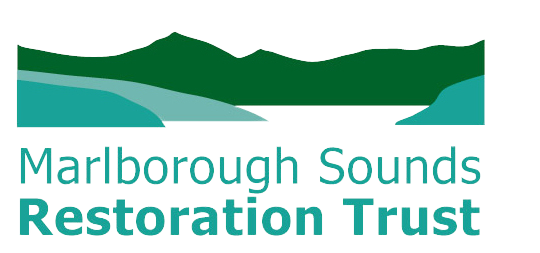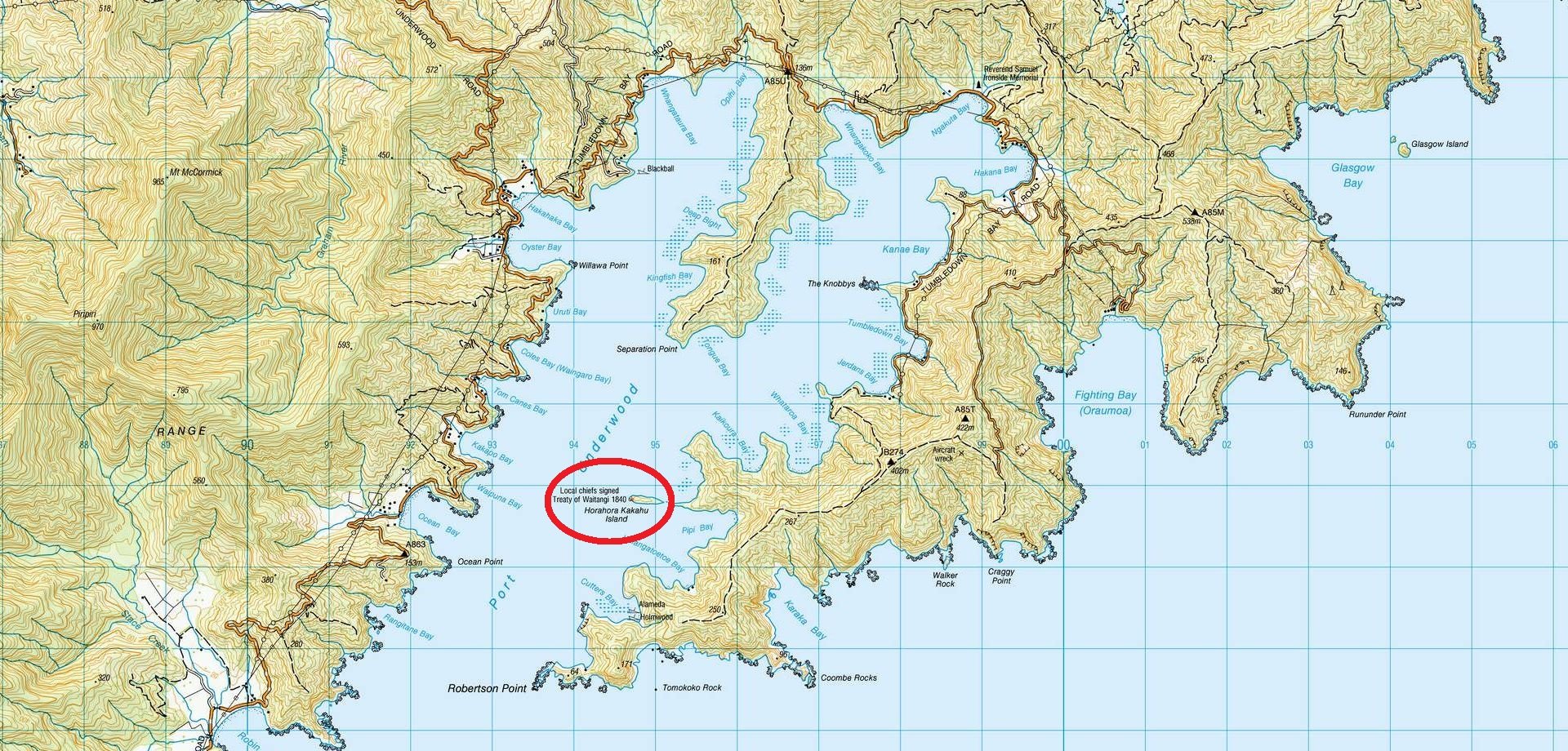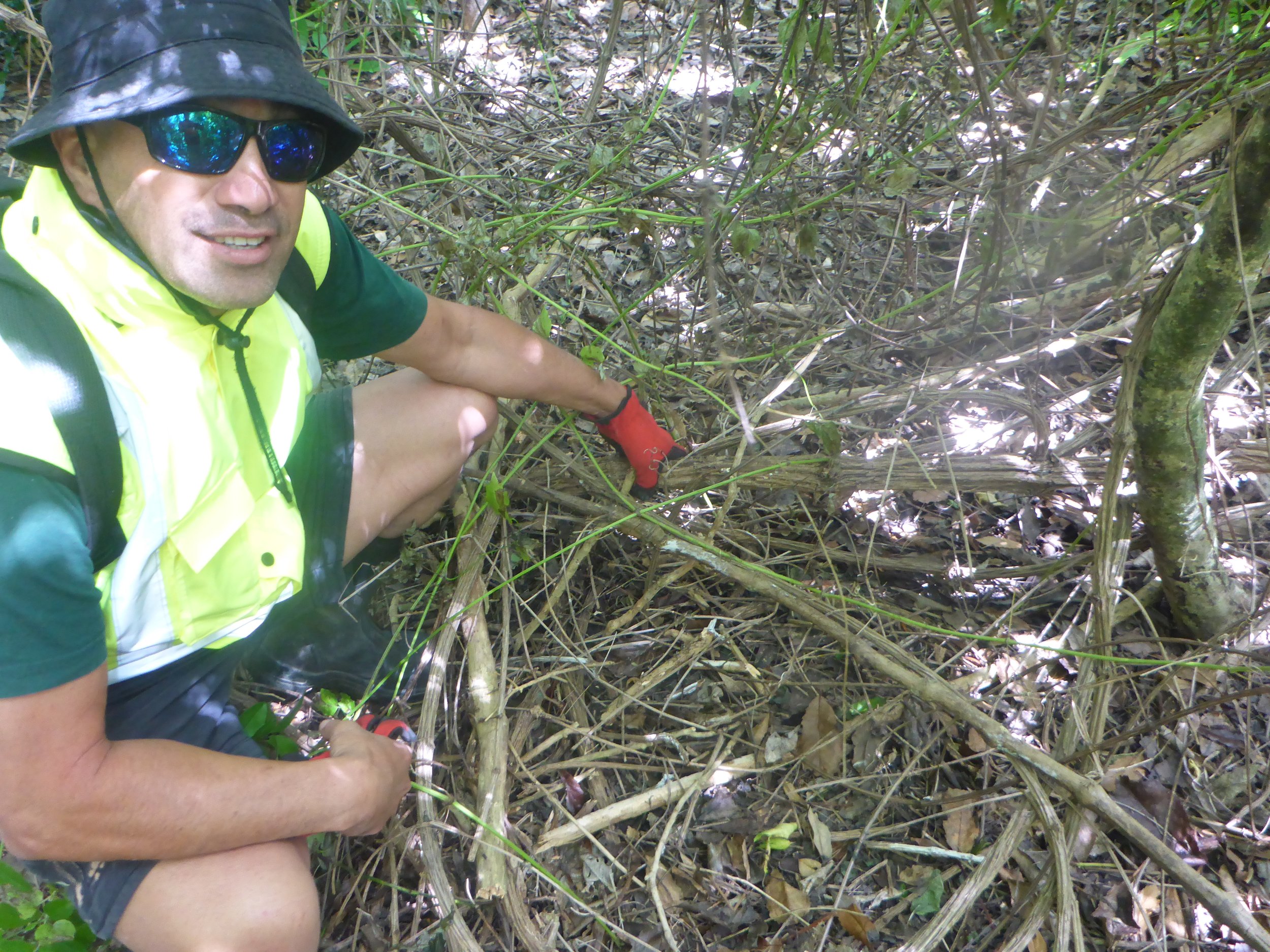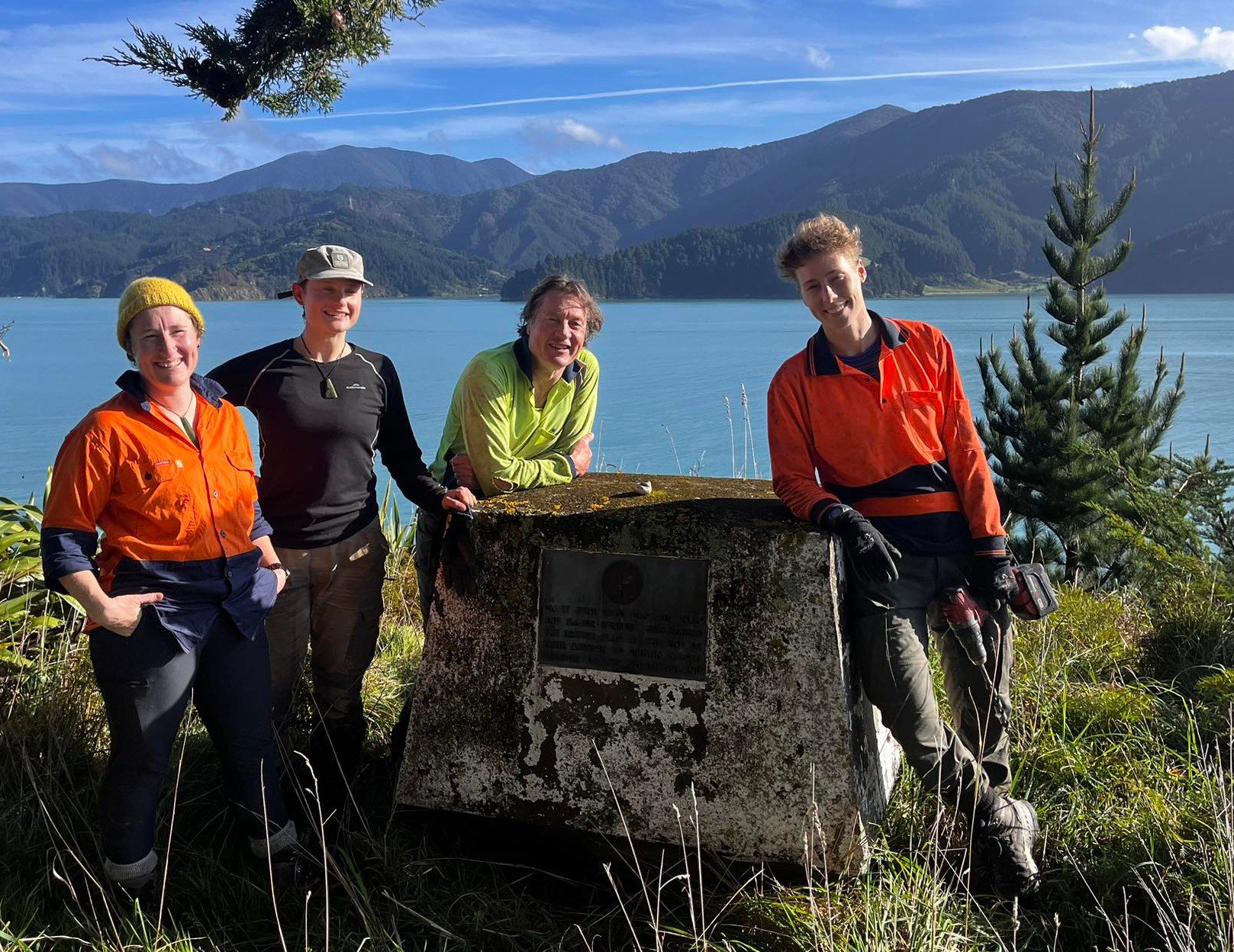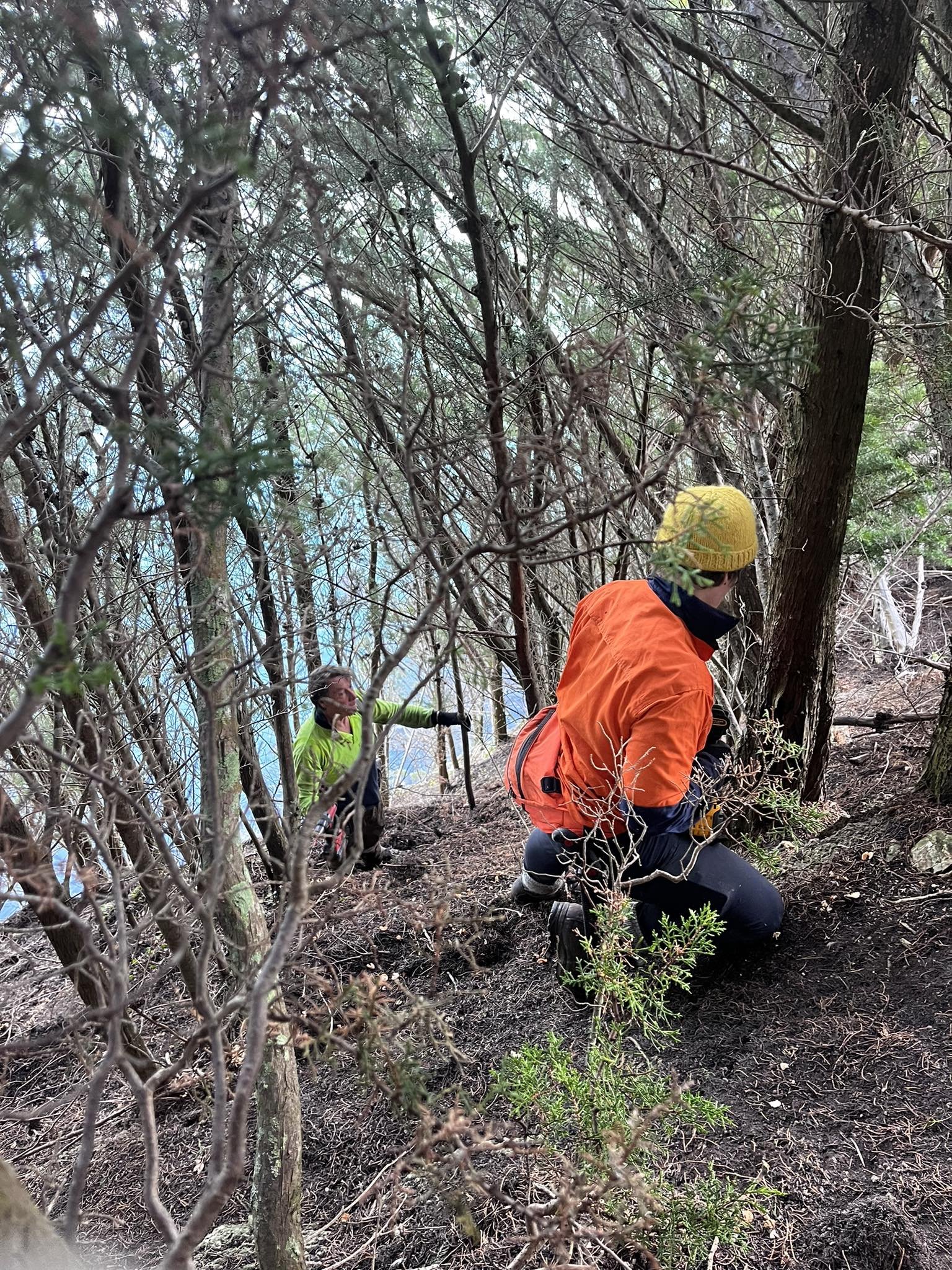Historic island gets a makeover
Horahora Kākahu Island is getting an ecological makeover, thanks to a unique collaboration between the Trust, iwi and a charitable benefactor.
An unassuming island in Te Whanganui / Port Underwood, Horahora Kākahu is notable as the site where, in 1840, the British proclaimed sovereignty over the South Island as part of the signing of Te Tiriti o Waitangi at near-by Kākāpo Bay. At the time, the island was an important fortified pā.
Today, the island is managed by tangata whenua/mana whenua iwi - Rangitāne o Wairau, Ngāti Toa Rangatira and Ngāti Rārua. The island was returned to the iwi through their respective Treaty Settlements.
“When local law firm Dew & Company approached us last year about undertaking a project in Te Whanganui / Port Underwood, Horahora Kākahu was an obvious site to invest in, given its cultural and historic importance,” says Andrew Macalister, project manager for the Trust. The project is being supported by iwi as an opportunity to exercise kaitiakitanga over the site.
“Without intervention, it would gradually be overtaken by wilding pines, macrocarpa and the invasive weed old man’s beard. So, in June we undertook initial control of these ecological weeds and will plan some repeat visits in the future.” The historic macrocarpa at the top of the island, which was planted in 1900 to commemorate the Treaty declaration, will be left intact.
“The island is thankfully goat, pig and possum-free and we hope that, with the removal of weeds, the regeneration of native vegetation on the island will be able to continue.”
The work is being funded by the Estate of Isobel Livingstone, administered by Dew & Company, after she created a charitable trust to benefit causes in Marlborough in her will.
It is hoped that the project will open up further restoration opportunities for the island. Alongside restoration of native forest, ecological consultant Geoff Walls reckons that, with predator control, the island “should be full of penguins, terns, gulls, shags, burrowing shearwaters, giant weta, geckos and skinks, fantails, bellbirds and weka.”

